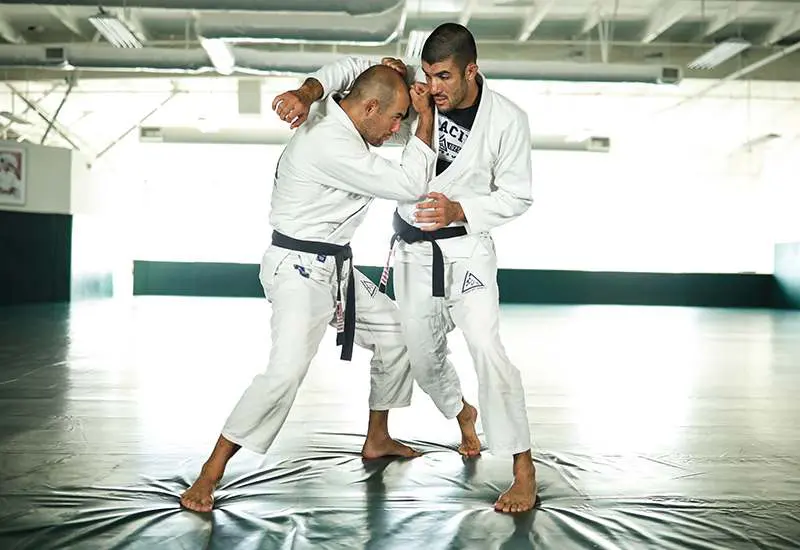In a world where personal safety is increasingly a concern, knowing how to defend oneself is invaluable. Among the many martial arts, Gracie Jiu-Jitsu stands out as a particularly effective form of self-defense. This Brazilian martial art focuses not on brute strength but on efficient use of the body, making it suitable for everyone, regardless of size or strength.
The Roots of Gracie Jiu-Jitsu
Gracie Jiu-Jitsu, also known simply as Brazilian Jiu-Jitsu (BJJ), has its roots in Kodokan Judo, which was brought to Brazil in the early 20th century by Japanese immigrant Mitsuyo Maeda. The Gracie family adapted these techniques to create a system that emphasizes ground fighting and submission holds. The philosophy is simple: neutralize threats by controlling the opponent through leverage and technique.
Why Gracie Jiu-Jitsu Excels in Self-Defense
1. Technique Over Power: One of the core principles of Gracie Jiu-Jitsu is that technique can overcome strength and aggression. This principle is particularly empowering for smaller or physically weaker individuals, making it a practical choice for self-defense, especially against bigger attackers.
2. Real-World Application: Gracie Jiu-Jitsu is renowned for its practicality in real-life situations. It teaches control positions and submissions that are effective even on the street, not just in a controlled environment like a dojo or gym.
3. Focus on Ground Control: Most real-life fights end up on the ground, and this is where Gracie Jiu-Jitsu thrives. It provides techniques to control an opponent on the ground, avoid harm, and apply chokeholds or joint locks to end the confrontation safely and decisively.
4. Defensive Techniques: Unlike some martial arts that emphasize striking, Gracie Jiu-Jitsu focuses on defense. Practitioners learn how to escape from holds, avoid punches, and neutralize threats without escalating violence.
5. Boosts Mental Resilience: Learning Gracie Jiu-Jitsu builds confidence and mental toughness. The training pushes individuals to face uncomfortable situations calmly and think critically under pressure, which are crucial skills in any confrontation.
Training in Gracie Jiu-Jitsu
Training typically starts with the basics of positioning and gradually includes more advanced techniques. A key component of training is 'rolling', a form of sparring that allows practitioners to apply techniques in a controlled, resistant manner. This practical application helps refine skills and prepare for potential real-world scenarios.
Personal Stories of Empowerment
Many who train in Gracie Jiu-Jitsu share stories of how it helped them in dangerous situations. From avoiding potential assaults to handling aggressive confrontations safely, the skills learned have proven invaluable in real life. These testimonies highlight the effectiveness of Gracie Jiu-Jitsu not just as a martial art but as a tool for personal empowerment and safety.
Conclusion
In an unpredictable world, Gracie Jiu-Jitsu offers more than just physical defense; it offers peace of mind. By equipping individuals with the knowledge and skills to protect themselves in dangerous situations, Gracie Jiu-Jitsu is not just a martial art—it's a life skill. Whether you're looking for physical fitness, mental resilience, or effective self-defense techniques, Gracie Jiu-Jitsu is a disciplined approach to safety that anyone can learn and everyone can use.

